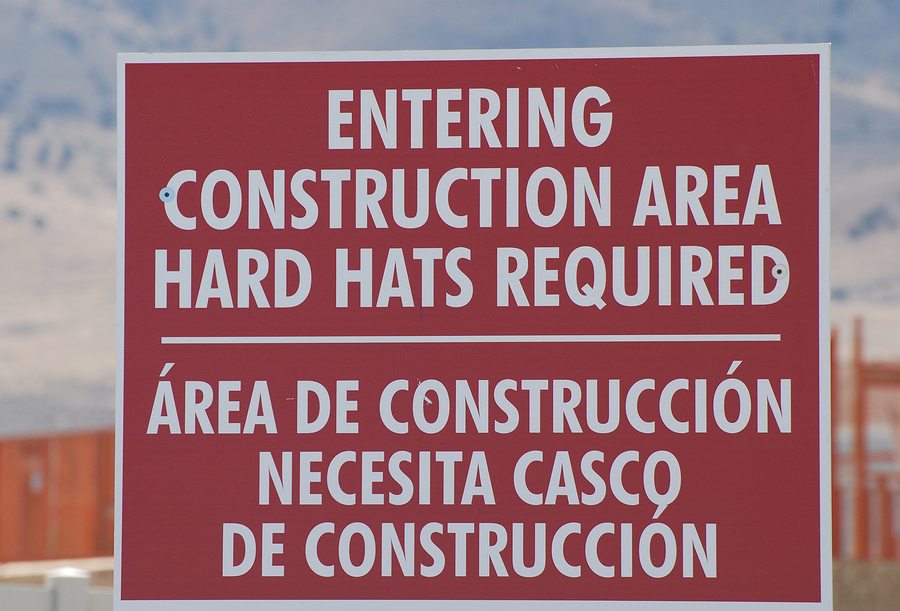According to the U.S. Census Bureau, more than 60.6 million people speak a language other than English in their homes. Of those, 37.6 million speak Spanish. In fact, the U.S. has become the fifth largest Spanish speaking country on the planet.
The Occupational Safety and Health Administration (OSHA) has become increasingly concerned about the welfare of these non-English speaking workers, noting that immigrant Latino workers, in particular, have a 50 percent higher rate of death on the job. They’ve stepped up their protection efforts, repeatedly reminding employers that all workers much receive safety training in a language they can understand.
Employee comprehension is at the heart of OSHA’s policies. This means that all safety training must take into account the limited vocabulary of workers for whom English is a second language. It must also consider their level of literacy. For example, telling an illiterate worker to read a safety training manual—whether written in their native language or not—will not satisfy your obligation under OSHA rules.
Fortunately, OSHA offers assistance to employers with a Spanish-speaking workforce. Visit the Compliance Assistance Quick Start: Hispanic Outreach tool on the OSHA website to locate Spanish-language resources for compliance with the Occupational Safety and Health Act of 1970. You’ll also find links to OSHA’s English-to-Spanish and Spanish-to-English dictionaries that include more than 2,000 OSHA, general industry and construction industry terms.
Other measures you can take to ensure your staff understands the safety and health hazard information you’re presenting to them include:
- Use a translator – Hiring a translator to assist with the safety training of employees who speak limited English is less costly than the fines OSHA may impose should an inspector determine you have failed to meet the requirements for compliance.
- Demonstrate – When talking about proper safety procedures, demonstrate the actions required to complete them. You can also use visual aids such as illustrations to enhance comprehension.
- Practice – Have your employees practice safety procedures during the training session. This will allow you to access their comprehension and repeat your previous demonstration as needed.
In addition to verifying that employers have provided their workers with workplace safety training, OSHA inspectors are now making sure that training was provided in a language the employees could understand. They may do this by reviewing documentation as well as assessing your worker’s understanding of proper safety procedures. Should they determine workers were not trained using a language or manner they could comprehend, you may be cited with a serious OSHA violation.



